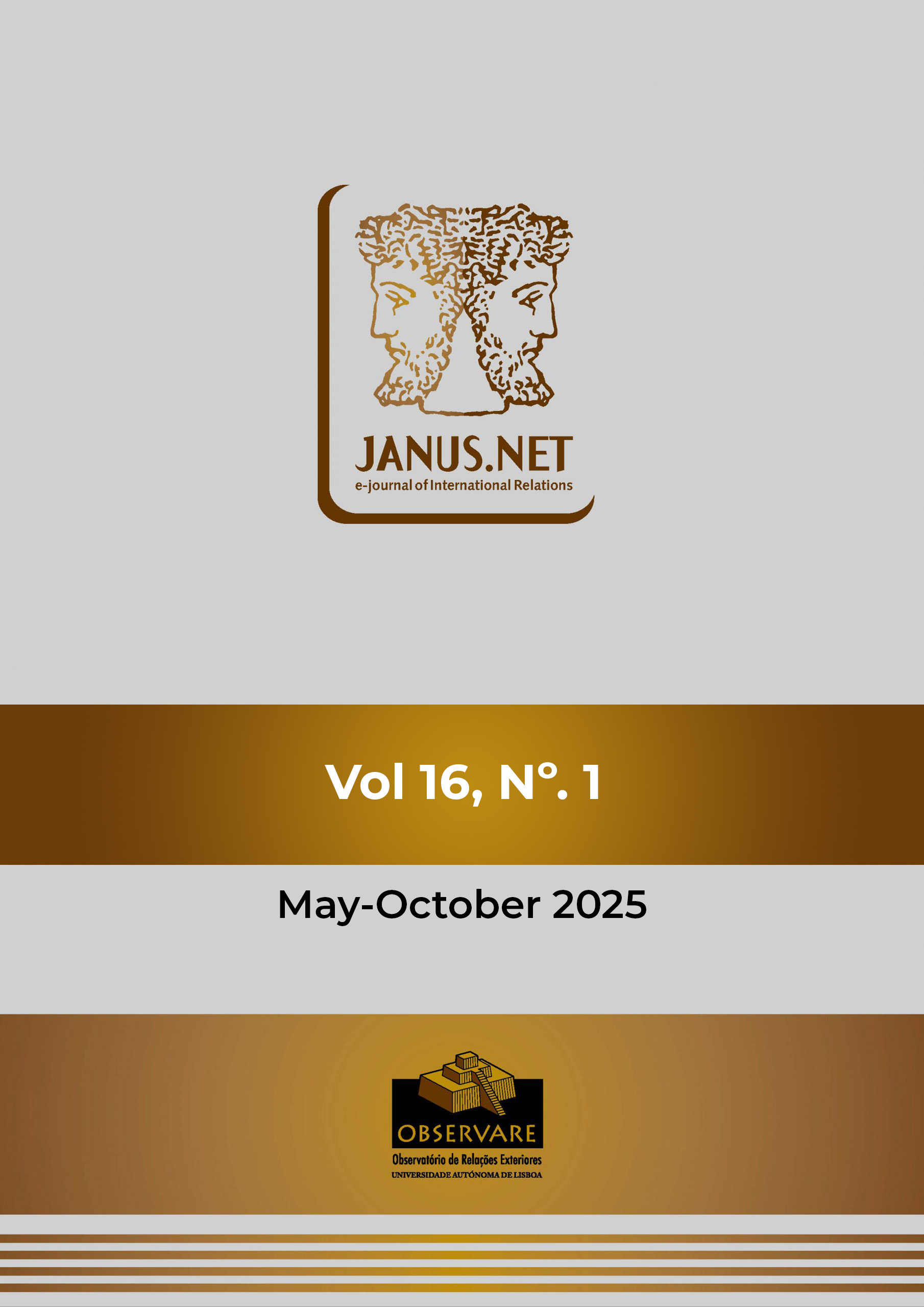THE GEO-POLITICAL SCENARIOS OF INTERACTIONS BETWEEN THE SOUTH ASIAN ISLAND COUNTRIES AND THE US, CHINA AND INDIA. CURRENT TRENDS AND FUTURE TRAJECTORIES
DOI:
https://doi.org/10.26619/1647-7251.16.1.12.Keywords:
Major Powers, Maritime Competition, Island Countries, Sri Lanka and Maldives, Future ProjectionAbstract
This desk study is intended to explore the current trends in the relationships between Sri Lanka and Maldives with the USA, China, and India to illuminate regional geopolitical calculus. Besides, the study also attempts to project the future scenarios of interactions among these nations based on the dynamics and policies of their contemporary relations. Sri Lanka and Maldives, two island nations in South Asia, hold a significant strategic position along the maritime sea lanes of the Indian Ocean. However, China's significant economic engagement with these two island countries, primarily through the Belt and Road Initiative (BRI), and their deepening relations with China in recent years have brought them under intense scrutiny from regional power India and extra-regional player USA. India and the US's shared perception of the alleged 'China threat' to their respective dominance prompts them, to some extent, to unite to 'counter China' in the Indian Ocean Region (IOR). Conversely, China emphasizes economic partnerships over military alliances or political meddling, unlike India and the US. The counter-measures adopted by the US and India against Beijing's growing inroads in smaller nations like Sri Lanka and the Maldives have imposed fresh constraints and complexities on the foreign policy manoeuvres of these smaller states. The study finds that the evolving geopolitical factors increasingly impact domestic politics and international alignment orientations in Sri Lanka and the Maldives. The future interactions and foreign policy choices of Colombo and Malé towards Washington, Beijing, and Delhi will be shaped by the complex interplay of three factors: political leanings of the ruling party, pressing economic needs, and the competition intensity between China and India, and the US and China over the IOR.


